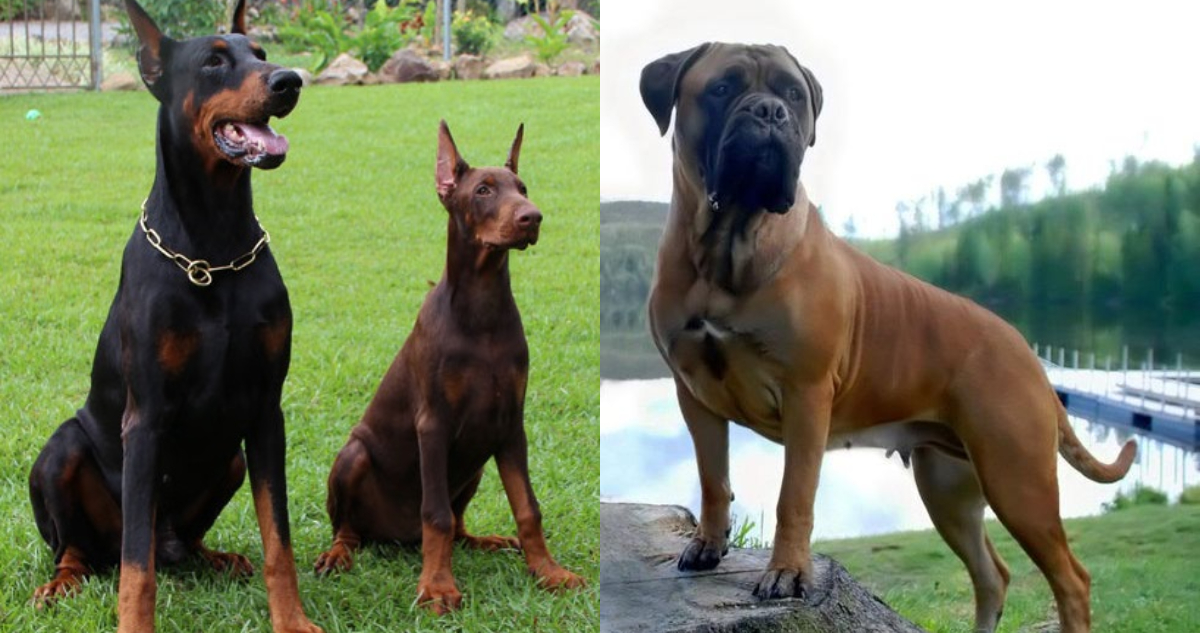The Chilean Responsible Ownership Law indicates that there are nine breeds of dogs considered “potentially dangerous” due to their physical characteristics and owners have a series of duties regarding their care and protection from third parties.
Last week, the owner of two Rottweiler dogs was arrested after the dogs attacked a 5-year-old girl, leaving her at risk of life in the commune of La Reina. The latter unleashed the debate about the breeds considered “potentially dangerous” by Chilean law.
To put in context, the incident occurred in a condominium on Avenida Simón Bolívar de La Reina, when the girl and her caregiver were attacked by animals.
The minor’s condition was so serious that she had to be admitted to the ICU and underwent surgery.
Meanwhile, the owner of the dogs was accused of violating the Responsible Pet Ownership Law.
The 9 breeds of dogs considered “potentially dangerous” according to the law
The Responsible Pet Ownership Law, also known as the Cholito Law, establishes a series of duties for pet owners and also contemplates the care of breeds considered “potentially dangerous”
This regulation establishes that the following breeds or hybrid crosses are potentially dangerous:
– Bullmastiff
– Doberman Pinscher
– Argentine Dogo
– Brazilian Row
– Pitbull
– Presa Canario
– Mallorquin Dam
– Rottweiler
– Tosa Inu.

This regulation indicates that people who have a dog of these breeds (or hybrid of these) must declare that when registering it in the National Registry of Pets and Companion Animals and must also be in the National Registry of Potentially Dangerous Animals of the Canine species.
Likewise, the authority may qualify as “potentially dangerous” a dog that meets any of the following conditions:
1. Have great development of the body muscle mass and masticatory musclesin addition to large volume of head, neck and chest. This will not apply to assistance dogs for people with disabilities.
2. would have caused Less serious, serious injuries, castrations, mutilations or death A person.
3. Evidence two or more human bite records in the Biting Animal Registry System of the Ministry of Health.

It should be noted that in the case of those animals that attacked someone in response to a negative stimulus such as “intimidation, provocation or blows”, it can be estimated that it is not potentially dangerous.
The same when there is a “manipulation without the pertinent security measures; intervention in feeding instances; clinical management without the necessary safeguards; capture; inappropriate or invasive handling during rearing and suckling; stress generated by pyrotechnics, a confusing environment and/or emergencies, disasters or the like; Entry of a person into a domicile, residence or dwelling without authorization, without justification or with the purpose of committing an illegal act, among others”.
Also, a competent judge, following a complaint from an individual, “may qualify as a potentially dangerous animal a canine specimen that has caused at least minor injuries to a person or considerable damage to another specimen of the same species.”

Safety and protection measures against potentially dangerous breeds, established by law
The law indicates that only one person of legal age may have the quality of responsible holder of a canine classified as potentially dangerous, who must comply with the following security and protection measures regarding said animal:
– In public spaces, not only must the animal be permanently supervised, but it must also use leash, harness and muzzle compulsorily.
– In your residence you must be in a space with a secure fence to avoid escapes and that can harm people or other animals.
– The dog and its owner must participate in an obedience training course, which must be accredited with a certificate.
– The owner must attend, within a period of 6 months from their registration in the respective registry, at least one talk on responsible ownership of pets or companion animals that is dictated by a competent professional.
“Obedience training shall be understood as those therapeutic activities aimed at modifying the behavior or conduct of the pet or companion animal, contributing to its proper socialization, to achieve a healthy and safe behavioral repertoire with respect to people and other animals. The training program must be approved by a veterinarian”, indicates the regulations.
